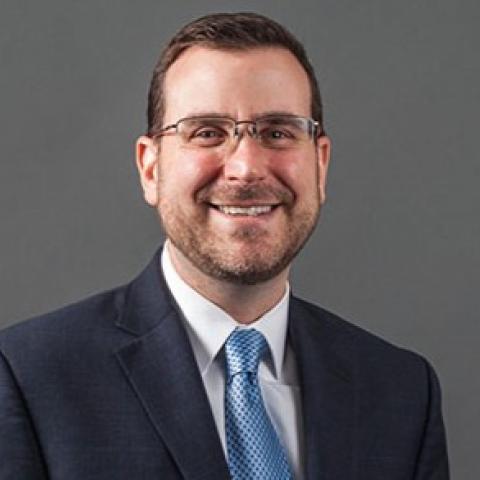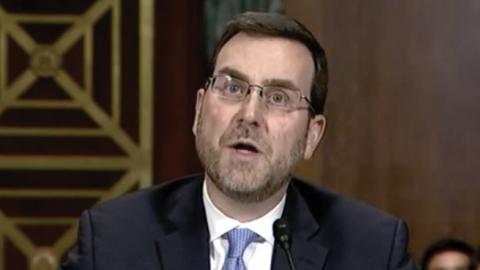" class="more read" target="_blank">View a PDF of the full testimony here
Chairman Graham, Chairman Tillis, Ranking Member Feinstein, Ranking Member Coons, and Members of the Subcommittee:
Thank you for this opportunity to speak with you today about why Congress should restore reliable and effective patent rights by enacting the STRONGER Patents Act.
Until recently, the United States patent system was known as the “gold standard” among world patent systems. David Kappos, the former Director of the U.S. Patent & Trademark Office (USPTO), once remarked that the U.S. patent system was “the greatest innovation engine the world has ever known.” Patented innovations drove the Industrial Revolution in the nineteenth century, the computer and biotech revolutions of the twentieth century, and the mobile revolution of the early twenty-first century. Unfortunately, the ability of the U.S. patent system to foster the next generation of innovations in AI, the Internet of Things, and 5G is now in doubt.
Over the past decade, the U.S. patent system has been under an extensive amount of stress from all branches of the federal government. The U.S. patent system has been transformed by new legislation, regulatory actions, and numerous decisions by the Supreme Court changing all areas of patent doctrine. These widespread and systematic changes have affected, among many others, infringement remedies, licensing activities, and what types of inventions and discoveries are eligible for patent protection. Inventors, universities, and companies working in the U.S. innovation economy have faced more than a decade of extensive legal changes to the patent system. Notably, almost all of these “reforms” over the past ten to fifteen years have eliminated patent rights, imposed new restrictions on patent owners, and created new legal doctrines or institutions with little basis for predicting how they might be applied in the future.
This one-two punch of weakening patents and sowing legal uncertainty is not merely an academic concern. Economists and historians have long recognized that reliable and effective property rights in inventions, issued and enforced by stable legal institutions governed by the rule of law, were essential in the success of the patent system in driving the U.S. innovation economy. In the past decade, courts, agencies, and Congress have expunged from the U.S. patent system the essential characteristics that made it the “gold standard” as an “innovation engine”—reliable and effective property rights, stable legal institutions, and the rule of law.
This is why it is necessary to enact the STRONGER Patents Act. The STRONGER Patents Act is not a panacea for all of the ills that have befallen innovators, but it addresses two primary sources of uncertainty, instability and weakness in the U.S. patent system today: (1) the willynilly operations of the Patent Trial & Appeal Board (PTAB), an administrative tribunal created by Congress in 2011 to cancel issued patents, and (2) the Supreme Court’s 2006 decision in eBay v. MercExchange, which has led to a significant drop in the ability of all patent owners to receive injunctive relief for ongoing infringement of their valid patents. These two institutional and legal developments have created a cloud over the titles of patents. They have contributed significantly in undermining the ability of individual inventors, startups, and universities to obtain venture capital financing and for these innovators to engage in licensing and other commercial activities in the marketplace. Thus, they have clogged the gears of the “innovation engine” that has driven economic growth, jobs, and flourishing lives for two hundred years.
My comments today address these two recent changes to the patent system and why reform by Congress is needed in enacting the STRONGER Patents Act.
" class="more read" target="_blank">View a PDF of the full testimony here



















